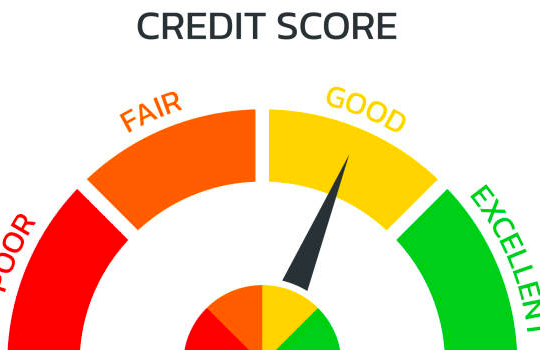You must have come across this article looking for detailed information on MAT (Minimum Alternate Tax). You are on the right page. Let me explain, corporations and public authorities take various advantages of the Income Tax Act. It is by claiming exemptions, deductions, depreciation, etc. to reduce the Tax Liability. One such provision that is available for companies to deduct their corporate tax budget is Minimum Alternate Tax.
This act was introduced in the 1996 financial act. It is generally to ensure that companies or corporations pay the minimum amount of tax to the government.

In this article, we have added every aspect of MAT. You can check it out in detail below.
What is Minimum Alternate Tax?
MAT or Minimum Alternate Tax is one such provision of direct tax laws in India. MAT was introduced in 1996. It is generally to ensure that companies or corporations pay the minimum amount of tax to the government. As per section 115JB, all companies are liable to pay tax at least equal to the following.
- Normal Tax Liability: This gets calculated at the normal tax rates. For example, applying the relevant tax to the applicable tax.
- MAT (Minimum Alternate Tax): For the year 2019-20, the tax was computed and payable at 15% (previously, it was 18.5%).
Which companies are liable to pay MAT?
All the companies are liable to pay MAT. It does not matter whether the company is private or public, Indian or foreign. If the income tax payment (including the cess and surcharge) as per the provisions in Income Tax Act is less than 15% of the profit. It means the company is liable to pay MAT.
Are there any exceptions?
Yes, read out the following:
- MAT is not applicable for the money or income received from any insurance company and tonnage taxation.
Note: As per the latest amendments, MAT does not apply to foreign companies under the Finance ACT 2016 if;
- The company is from the country or place where the Indian government has agreements.
- The company which does not have the above agreement are exempted.
- MAT (Minimum Alternate Tax) provisions do not apply to the companies whose total income comprises income and profits under sections 44AB, 44BB, 44BBA or 44BBB of the income tax Act.
You may also like to read, What is the 402-935-7733 PayPal charge? Everything You need to Know
How is MAT Calculated?
MAT (Minimum Alternate Tax) gets calculated at the rate of 15% under the Income Tax Act, 1961.
For example:
The taxable income of the XYZ company, which is not availing any tax exemptions/incentives, as per the provisions mentioned in the Income Tax Act. The company is liable to pay 22% of the normal taxable amount to the government which is Rs 2.2 Lac for Rs 10 lac.
On the other side, the book profit of the company is Rs 20 lac. Thus, MAT is applicable. Thus, The company is liable to pay 15%.
Frequently Asked Questions
Are you having some questions? No worries, we have added the most common queries over here only. Let’s have a look.
What is MAT?
MAT or Minimum Alternate Tax is one such provision of direct tax laws in India. MAT was introduced in 1996. It is generally to ensure that companies or corporations pay the minimum amount of tax to the government.
How is MAT Calculated?
MAT (Minimum Alternate Tax) gets calculated at the rate of 15% under the Income Tax Act, 1961.
- Normal Tax Liability: This gets calculated at the normal tax rates. For example, applying the relevant tax to the applicable tax.
- MAT (Minimum Alternate Tax): For the year 2019-20, the tax was computed and payable at 15% (previously, it was 18.5%).
Is a surcharge applicable on MAT?
Yes, both surcharge and cess are applicable.
Which companies are liable to pay MAT?
All the companies are liable to pay MAT. It does not matter whether the company is private or public, Indian or foreign. If the income tax payment (including the cess and surcharge) as per the provisions in Income Tax Act is less than 15% of the profit.
For how long can MAT credit be carried forward?
MAT can be forwarded for up to 15 assessment years.
Conclusion
Here we come at the end of this article. corporations and public authorities take various advantages of the Income Tax Act. It is by claiming exemptions, deductions, depreciation, etc. to reduce the Tax Liability. MAT is one such provision.
This act was introduced in the 1996 financial act. Thus, to ensure the companies and corporations pay the minimum tax amount to the government.
Most people were looking for detailed information on this topic. Thus, we have added the same and detailed information in this article. We hope it helps. If there are any other queries? You can come and ask us in the comments section.

Krishna Murthy is the senior publisher at Trickyfinance. Krishna Murthy was one of the brilliant students during his college days. He completed his education in MBA (Master of Business Administration), and he is currently managing the all workload for sharing the best banking information over the internet. The main purpose of starting Tricky Finance is to provide all the precious information related to businesses and the banks to his readers.



